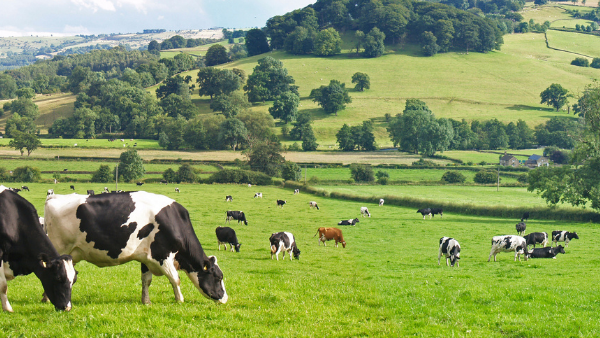
Josie Edwards continues our series looking at the potential shape of farming and food production, by considering the recommendations of the World Resources Institute (“WRI”) 2019 report ‘Creating a Sustainable Food Future’.
The report has a global focus and addresses the fundamental question: how can we adequately feed nearly 10 billion people by 2050 in ways that meet climate goals and reduce pressures on the environment? The report predicts that population growth and rising incomes will cause global food demand to increase by more than 50% by 2050, and demand for meat and dairy products by nearly 70%. It considers potential strategies to address the challenges and provides a ‘menu’ of possible solutions.
The report highlights three interrelated challenges:
The need to provide sufficient, nutritious food for everyone. If consumption trends continue, global food production must increase by more than 50% by 2050 to feed the worldwide population adequately.
This increase in food production must be achieved without a net expansion of agricultural land beyond the 2020 area, to protect natural ecosystems, crucial to biodiversity and to mitigate against climate change. Without systemic change, crop and pasture land will need to increase by circa 600 million hectares by 2050 to meet projected demand.
The report concludes that farming is a “significant and growing source” of GHG emissions and recommends reducing emissions by two-thirds from 2020 levels.
The report sets out a 22-item menu which is divided into five main ‘courses’ that could together deliver solutions if implemented in time, at scale and with sufficient dedication globally, across the public and private sectors:
The authors highlight the need to tailor the approach to suit the needs of individual countries and ecosystems.
Several key themes can be identified within the 22-item menu:
The authors conclude that it makes little sense to remove land from food production, if it is efficient or could become so. Reforestation and restoration should focus on land with better restoration potential than food production potential i.e. on unproductive or marginal agricultural land. However, their reforestation target (at least 585 ha) also requires significant progress with slowing food demand and increasing productivity, if enough land is to be ‘liberated’ for reforesting.
The authors’ view is that this change presents the most promising strategy of various models of diet shifts for potential positive impact on land use and GHG emissions.
It isn’t all bad news for ruminant meat producers – even a 30% decline in global ruminant meat demand (relative to the baseline scenario) would still lead to an overall 32% rise in demand between 2010 and 2050 – a significant increase, but far less than the 88% growth anticipated if growth is left unchecked.
The need for urgent and decisive worldwide action is clear and the report highlights the importance of linking food production and ecosystem protection at every level – policy, finance, farm practice – to avoid destructive competition for scarce and precious resources. It identifies one guiding principle: the need to make land-use decisions that enhance the efficiency of both agriculture and ecosystem services.